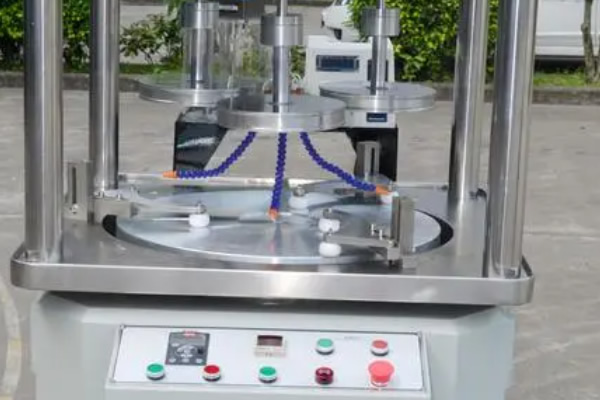
Polishing is a concept often associated with grinding.
1: Polishing refers to the processing method to obtain smooth surface by polishing the disc with low elastic materials (cotton cloth, felt, artificial leather, etc.) rotating at high speed, or with soft elastic or viscoelastic materials (plastic, asphalt, paraffin, tin, etc.) rotating at low speed, and adding polishing agent. In short, there is no essential difference between grinding and polishing except for the different choices of abrasive and lapping tool materials. Generally, polishing cannot improve the shape accuracy and dimension accuracy of the workpiece. Polishing usually uses fine abrasive particles less than 1 μ m. Polishing discs are usually made of soft metal or non-metallic materials such as asphalt, paraffin, synthetic resin, artificial leather, tin, etc. The force of the abrasive on the workpiece is small, so the workpiece cannot crack. It is customary to call the processing method using hard abrasive tools grinding, and the method using soft abrasive tools polishing. In fact, in the field of ultra precision machining, there is no difference between ultra precision grinding and ultra precision polishing.
2: Grinding has incomparable advantages over other processing technologies: grinding is a typical "direct creative processing" or "evolutionary processing"; That is to say, take measures to improve the precision (micro feed, low grinding speed, constantly changing the grinding direction, etc.) on the machine tool to directly process parts with higher precision than the machine tool. This is because when the lapping tool contacts with the workpiece, under the force of modeling and simulation of non ultra precision plane grinding scratches, local protrusions can be automatically selected for processing, so only the materials at the protrusions of the two can be removed, so that the lapping tool and the workpiece can mutually correct and gradually improve the accuracy. The machining accuracy of ultra precision lapping is almost independent of the accuracy of the relative motion machine tool, which is mainly determined by the contact property and pressure characteristics between the workpiece and the lapping tool, as well as the shape of the relative motion trajectory and other factors.
Grinding refers to the finishing of the machined surface through the relative movement of the lapping tool and the workpiece under a certain pressure. Generally, fine grinding stone is used for grinding.
Polishing is further smoothing the paint surface after grinding. Remove the grinding residual stripes, and the polishing agent makes the gloss of the paint appear naturally.
Coarse wax polishing: after sandpaper grinding, further remove the sandpaper marks on the surface, and restore the flatness and initial luster of the paint surface.
Evenly apply wax to a certain paint area (the single polishing area should be within the range of one arm's length and width). The speed of the polishing machine should be controlled between 1200-2000 revolutions. At the initial stage, press the polishing disc with medium upper pressure to polish the paint surface at a uniform speed, observe the paint surface, and release the pressure to throw away the wax mark after the sandpaper mark is obviously removed, so as to restore a certain luster of the paint surface. After polishing, use microfiber cloth to wipe off the residual coarse wax and dust on the paint surface.



